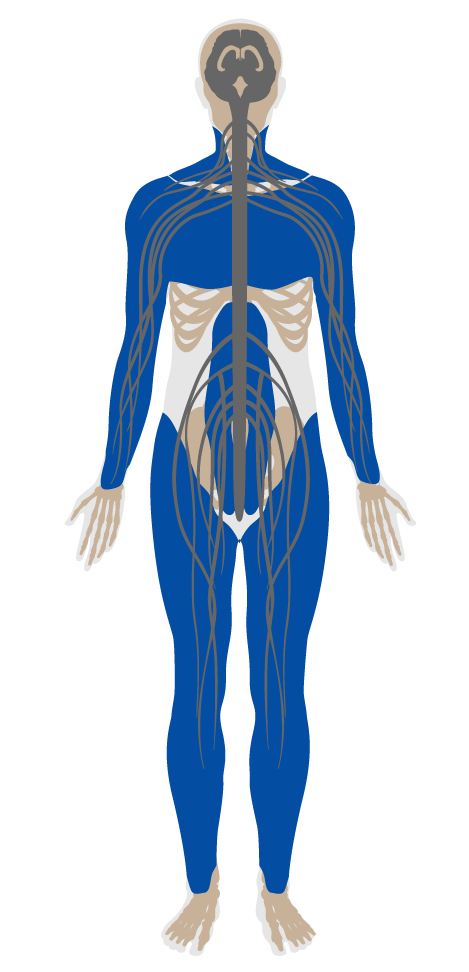Electric light glare control
- 53 Visual lighting design
- 54 Circadian lighting design
- 55 Electric light glare control
- 56 Solar glare control
- 57 Low-glare workstation design
- 58 Color quality
- 59 Surface design
- 60 Automated shading and dimming controls
- 61 Right to light
- 62 Daylight modeling
- 63 Daylighting fenestration
- P2 Light at night
- P3 Circadian emulation
55. Electric light glare control
To minimize direct and overhead glare by setting limits on the luminous intensity of luminaires.
Non-diffuse, bright indoor lights create uneven levels of brightness in the visual field. The resulting glare, defined as “excessive brightness of the light-source, excessive brightness-contrasts and excessive quantity of light”, can cause visual discomfort (discomfort glare), fatigue, visual impairment and even injury (disability glare), and can be attributed to either direct or reflected glare. In the case of glare caused by electric light sources, lamps should be shielded based on their luminance. This quantity, often given in cd/m², can be measured directly or calculated from lighting specification sheets with sufficient detail. Light fixtures of greater luminous intensity require a greater shielding angle to reduce the likelihood of creating direct glare for occupants.
Lamps with the following luminance in regularly occupied spaces are shielded by the angles listed below or greater:
At workstations, desks, and other seating areas, the following requirement is met:

Applicability Matrix
| Core & Shell | New & Existing Buildings | New & Existing Interiors | |
|---|---|---|---|
| Part 1: Lamp Shielding | - | P | P |
| Part 2: Glare Minimization | P | P | P |
| Commercial Kitchen | Education | Multifamily Residential | Restaurant | Retail | |
|---|---|---|---|---|---|
| Part 1: Lamp Shielding | P | P | P | P | O |
| Part 2: Glare Minimization | P | P | P | P | O |
Verification Methods Matrix
| Letters of Assurance | Annotated Documents | On-Site Checks | |
|---|---|---|---|
|
PART 1 (Design) Lamp Shielding |
Architect | ||
|
PART 2 (Design) Glare Minimization |
Architect |
| 55.1.b |
Office Lighting: Motivating and Efficient notes that to avoid glare caused by bright light sources, lamps should be shielded. The minimum shielding angle for lamp luminance of 20,000 - 50,000 cd/m² is 15°. |
| 55.1.c |
Office Lighting: Motivating and Efficient notes that to avoid glare caused by bright light sources, lamps should be shielded. The minimum shielding angle for lamp luminance of 50,000 - 500,000 cd/m² is 20°. |
| 55.1.d |
Office Lighting: Motivating and Efficient notes that to avoid glare caused by bright light sources, lamps should be shielded. The minimum shielding angle for lamp luminance of 500,000 cd/m² and above is 30°. |
| 55.2.a |
ANSI/IES American National Standard Practice for Office Lighting (RP-1-12) notes that luminaires at angles higher than 53° above horizontal may cause discomfort, and that such luminaires should be less than 8,000 cd/m². |
